This article was provided by Coaches Network
Too much emphasis on winning can distract from the true value of sports. Longtime soccer coach and internationally known speaker Reed Maltbie explains why it’s important to develop what he calls a “warrior” culture as opposed to a winning culture.
Coaches can often become blinded by the desire to win. This single-minded focus forces people to sacrifice their values and can hurt the growth of young athletes. But as Maltbie explains in an article on Changingthegameproject.com, the goal should be to achieve excellence. Winning is just a by-product of this commitment to positive values and embracing the challenge of competition.
“In a values-based, purpose-driven team or mindset winning is not the focus, but the expectedly pleasant by-product. It is not ‘wanted’ as the main desire but simply expected as something that may happen if things are done right,” Maltbie writes. “Winning and losing are both mere waypoints on the journey and both should be viewed with the same desire to learn from and grow from them.”
Like many coaches, Maltbie struggled with this approach when he started out over 20 years ago. He had winning mentality and all he cared about was acquiring as many trophies and accolades as possible, often bragging about not having a losing season as a major part of his success. But after seeing the way that this mentality left him feeling empty and took away from the experience of his players, he began to change his approach.
What he discovered was this: “All warriors are winners, but not all winners are warriors. The simple commitment to personal excellence, high standards, and an ethereal quest to be better than the day before makes a warrior a winner.”
With this mentality he stopped treating winning as the ultimate goal and started treating it as a simple step on the path to excellence. Since then his goal has been to help athletes develop into “warriors.” He does this by encouraging athletes to live by unbending values, strive for improvement every day, take challenges head on, and respect the nature of competition.
Here is his guide for changing your focus from winning trophies to striving for excellence:
• “Warriors are purpose-driven WHILE winners are trophy-drive.” Winning a competition is a fleeting moment. What lasts longer is developing the desire and drive to always do your best and to seek excellence everyday. This motivation goes far beyond the pursuit of a piece of metal.
• “Warriors are internally motivated WHILE winners are externally motivated.” When you focus on being the master of yourself, true excellence can be achieved. Competing for the sake of winning is an external motivation that relies on comparing yourself to others rather than seeking self-improvement.
• “Warriors have a growth mindset WHILE winners have a fixed mindset.” People focused solely on winning often think they are entitled to the trophy, while those with a growth mindset understand how much work it takes to get there. Even when the competition doesn’t go your way, the value lies in the opportunity to learn and grow.
• “Warriors are process-oriented WHILE winners are outcome-oriented.” Instead of worrying about the endgame, stay in the moment and enjoy the journey. When you always have your eye on the goal, it can be easy to miss what’s going on around you.
• “Warriors are values-based WHILE winners are glory-based.” It’s important to develop the values that you want to fight for and then to instill these values in your athletes. When acquiring trophies is the focus, you are looking to boost your own ego rather than create a legacy of excellence.
“We have a chance to teach our children and our athletes the awesome joy of being a warrior. Of seeking challenge, battling for personal excellence, of striving to be a better person each day, and living and playing with a purpose and embedded in values,” Maltbie writes. “They have the opportunity to experience deep satisfaction in mastering the game, enjoying the journey, and being part of something bigger than themselves. We make this choice to create warriors not winners and we may not fill our mantle with trophies, but we will fill the world with happy, resilient, purposeful people who will make an impact beyond the game.”
Click here to read the full article.
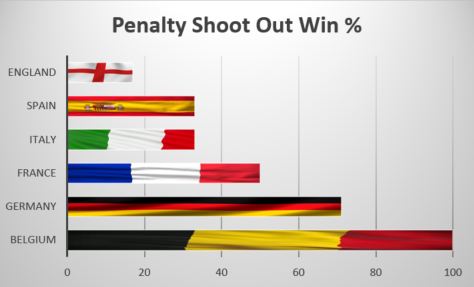
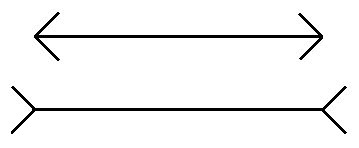
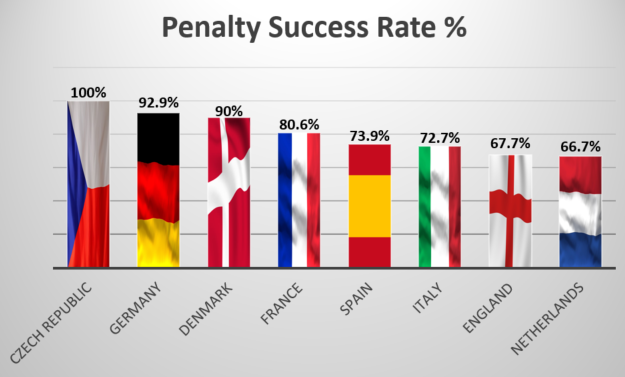
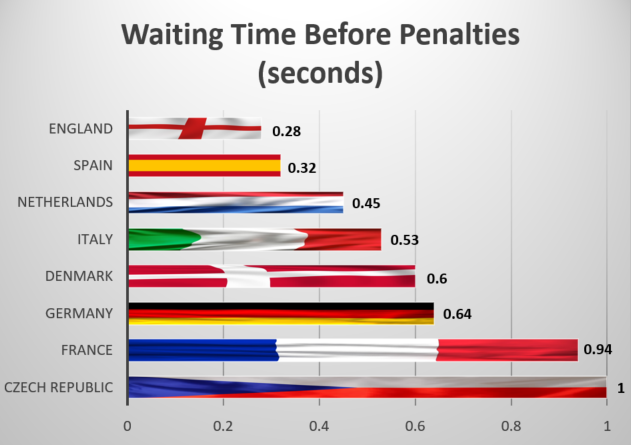
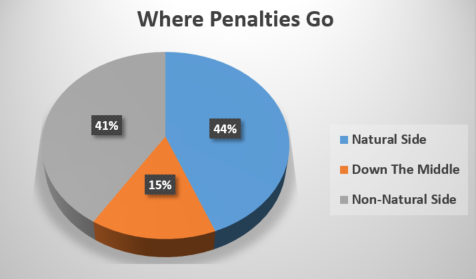
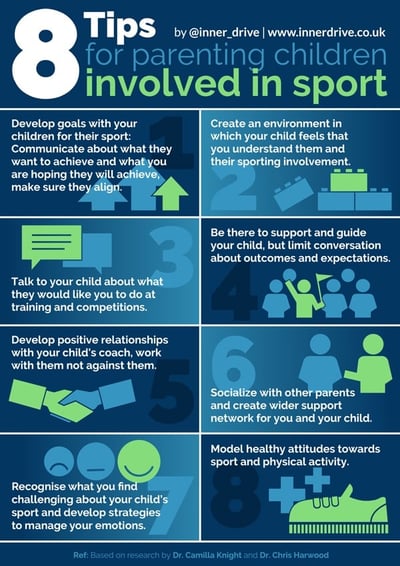
 Be targeted at improving a specific part of your game – imagine you are practising a song on an instrument and struggle with the middle section. Would it be better to practice the whole song through, or focus on the part you struggle with? The answer is definitely on the latter. With limited time, you want to target your training and focus on specific parts.
Be targeted at improving a specific part of your game – imagine you are practising a song on an instrument and struggle with the middle section. Would it be better to practice the whole song through, or focus on the part you struggle with? The answer is definitely on the latter. With limited time, you want to target your training and focus on specific parts.